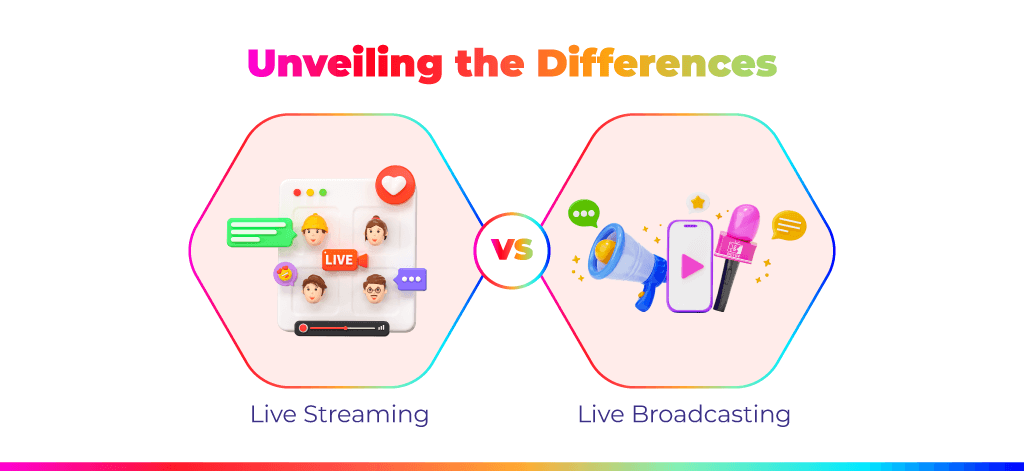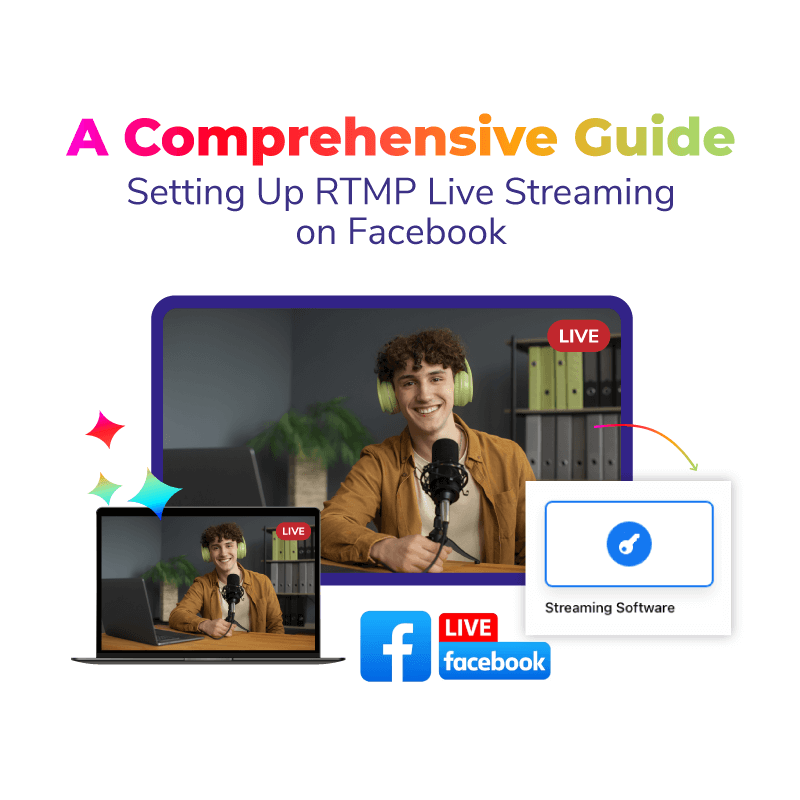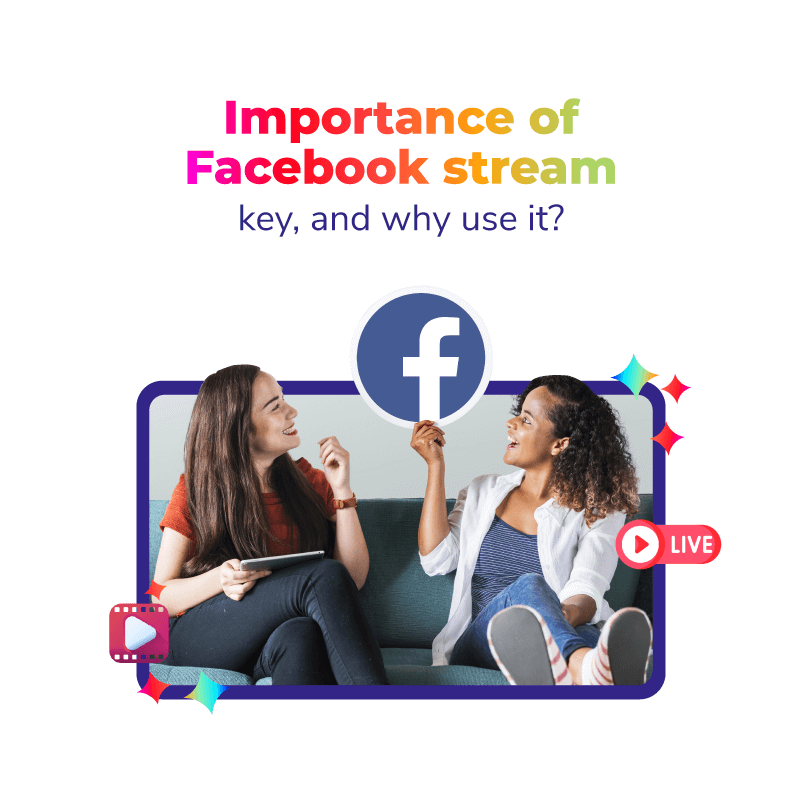The advancement in the digital landscape has experienced an unparalleled flow in content consumption. With real-time engagement and instant access to information, live streaming and broadcasting have become increasingly crucial in this dynamic era. These conventional modes of delivering content have given a more interactive and immediate experience. As we go through the ever-evolving realm of digital content, understanding the difference between live broadcasting and streaming is important.
In this blog, we will delve deeper into the differences between live broadcast and live stream to know about the evident characteristics, each brings with its unique set of advantages.
Defining Live Streaming and Broadcasting
Both live streaming and broadcasting are digital ways of delivering content and engaging the audience in real-time. Yet both are different from each other in terms of features, platforms, solutions, etc. To understand better, below-mentioned is the overview and difference between the two.
Live Streaming
Live streaming represents a fundamental change in how content is delivered and consumed. With the real-time transmission of audio and video content over the internet, it is estimated that the demand for live streaming market will grow to $3 billion by the year 2027. There is an array of live-streaming services that leverage the power of the internet to connect the host directly with their audience. It fosters two-way communication and interaction and eliminates geographical barriers. Live streaming provides enhanced flexibility and convenience and can be leveraged by any industry, organization, business or individual.
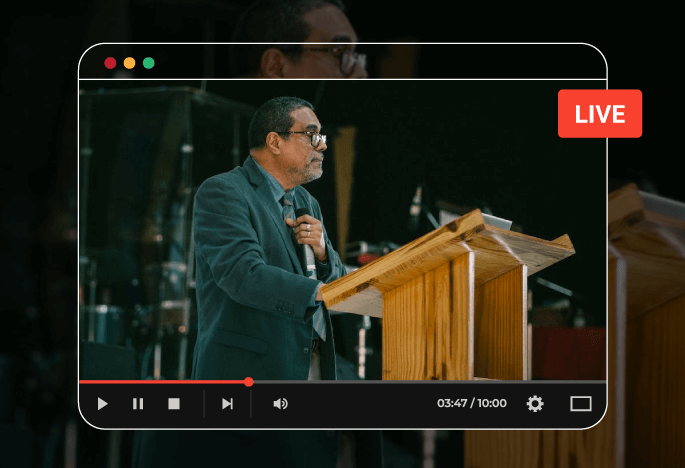
One of the significant characteristics is the immediacy they offer to make it easy for the host to share and engage with the audience in real-time from any location with any device. Moreover, with easy accessibility of live streaming, it fosters a sense of authenticity and intimacy along with modifying content creation to broadcast live globally. The platforms for live streams are equally diverse, ranging from popular social media platforms to customized ones.
Live Broadcasting
Live broadcasting carries a more traditional and formalized tone. Since broadcasting services are rooted in the historical practices of radio and television. The method of live broadcast involves scheduled and real-time transmission of content to a broader audience. It often implies a more structured approach that features professional studios, scripted content and specific schedules. While maintaining a one-way interaction and communication with the audience, where the content is delivered to a larger and often passive audience. Moreover, live broadcasting often involves adherence to regulatory standards to ensure content aligns with cultural norms and legal standards.
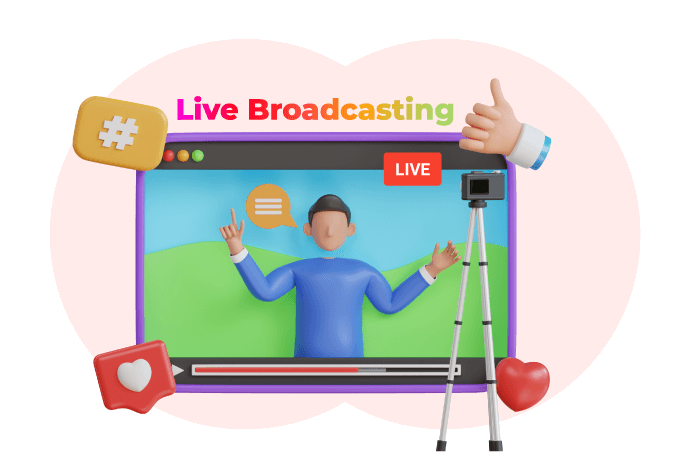
However, with the rise of digital platforms, broadcasting is much easier and more convenient. Which makes it easily accessible to the audience through broadcasting services that typically maintain a more traditional format and structure associated with its historical roots. Live broadcasting is often done for events that happen on a larger scale with professionalism and are not accessible for an individual to broadcast as a live stream.
Characteristics of Live Streaming and Live Broadcasting
Since both live broadcasting and streaming are real-time content delivery formats, they both have different characteristics based on their nature.
Interactivity and Audience Engagement
One of the defining characteristics of live streaming is the high level of interactivity it offers. During live streams, the audience can actively participate by leaving comments, asking questions, or even joining the event through collaborative features. This creates a sense of community and immediacy, making them a powerful tool for engaging the audience.
Whereas live broadcasting typically follows a one-to-many communication model. With live broadcast, a single source transmits content to a large and diverse audience and aligns with the centralized nature of traditional media. This allows broadcasters to reach a broad demographic simultaneously.
Flexibility in Content Delivery
Live streaming provides the host with flexibility in terms of formatting and delivering content. Whether it’s a live podcast, webinar, gaming session, or any virtual event, the format possibilities are diverse. The host can adapt their content based on their audience preferences and keep the experience engaging and dynamic.
Unlike the spontaneity of hosting a live stream, live broadcasting adheres to fixed schedules. These events have to be announced in advance and create a structured viewing experience for the audience. TV, radio stations, and online broadcasting services are the medium to broadcast and provide a sense of reliability and predictability.
Technical Aspects for Live Broadcasting and Streaming
To host successful and streamlined live streams and live broadcasts, having suitable and efficient technical solutions is necessary. This helps reduce the glitches, errors, and any kind of unnecessary trouble for organizers or creators.
The Technology Behind Delivering Content
Live streaming relies on a combination of technologies for audio and video content to encode, transmit, and decode in real-time. Live streaming services and protocols such as RTMP or HLS help in facilitating smooth delivery to the end user. Multiple live streaming platforms work on these protocols to ensure a seamless streaming experience.
Live broadcasting requires an infrastructure that involves sophisticated equipment and facilities. Television studios, radio stations, and transmission towers form a network that ensures seamless transmission of content. Since broadcasting works on bandwidth to transmit data, the specific bandwidth requirement can vary based on several factors.
Equipment Requirements
A live stream can even be done through a smartphone and internet connection. This makes the equipment requirements for live streaming less hectic. A camera, microphone, laptop or computer, and a live streaming platform are required for seamless streaming. During large-scale events, it might require professional-grade equipment to host seamlessly.
However, for live broadcasting only professional-grade cameras, audio equipment, and broadcasting services live TV and radio are required. Since they are tailored to the needs of traditional media, they emphasize delivering high-quality and polished content.
Key Differences Between the Two Digital Dilemma
Live broadcasting and streaming are the best real-time content delivery formats available. There are some significant key differences between the two that are discussed below:
Audience Interaction
Live streaming thrives on real-time interaction between the host and the audience. Where participants can actively participate through the features of live-streaming platforms such as chats, comments, reactions, polls, etc. This instant and easy engagement creates a sense of community and enhances the experience. Furthermore, during live streams, content can evolve based on audience interaction or suggestions to foster a dynamic experience.
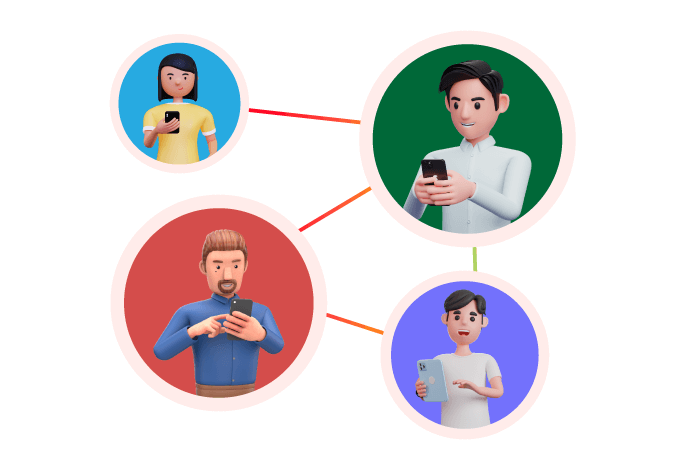
In contrast, live broadcasting offers limited interactivity, where only a few of the broadcasts or hosts incorporate call-ins or social media interactions. The overall format tends to be well-structured and less responsive to immediate audience input, with primarily one-way communication. Live broadcasts rely on pre-planned content, emphasizing professionalism and adherence to a set schedule.
Content Flexibility
Video content is the best marketing tool and 91% of businesses believe it. Live streaming allows flexibility for a wide range of content types and formats. Hosts can switch seamlessly between sessions, Q&As, educational content, and more. This informality encourages experimentation and creativity.
Whereas, live broadcasting is particularly traditional media that follows a curated and scheduled approach. The event has to be carefully planned and produced, adhering to a fixed schedule to ensure polished and predictable content and viewing experience.
Accessibility of Live Streams and Broadcasts
Unparalleled accessibility can be achieved through live streaming. Audiences can attend from various devices including smartphones, laptops, tablets, smart TVs, or computers. This can be done remotely from any location, and all it requires is access to the internet to engage.
However, live broadcasting also provides flexibility but relies on designated channels and platforms live TVs and radios. It can provide a wider reach but lacks flexibility and the audience must be in proximity to the broadcast medium or have access to radio frequency, and internet connectivity.
Final Thoughts
In dissecting the differences between live streaming and broadcasting, it is clear that each of these digital mediums brings a uniqueness to delivering content. Where live streams thrive on real-time engagement and flexibility, live broadcast is rooted in curated and scheduled content. As a host, it is crucial to align your choice with goals and audience expectations for a seamless experience. Here at Dreamcast, we can provide professional and streamlined live-streaming experiences with end-to-end customization and tailored solutions. Book a demo now! To experience an array of possibilities to elevate your hosting experience.
Connect with the Industry's Most Experienced
Live Streaming Service Providers.














